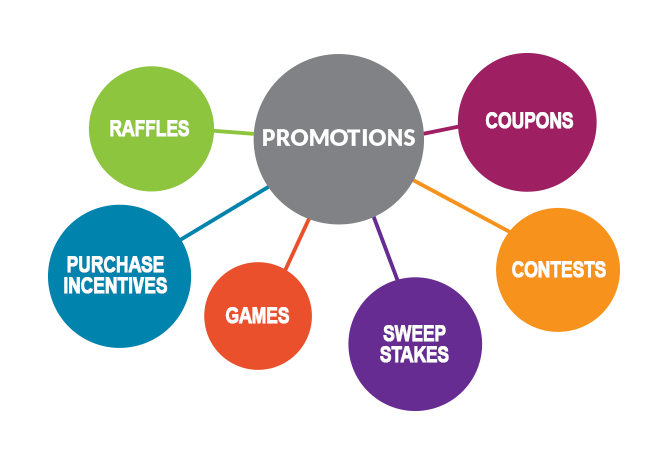There is so much we can do together.
Digital marketing is the most cost-effective way to attract and retain customers. It’s how you let them know you exist, remind them to come back, alert them of important news, and reward them for their loyalty.
Digital Marketing can be done in many ways and on many different platforms. Here are some high-level strategies that we can leverage for your small business.
Email & Newsletter Marketing
Email marketing is still going strong today and is possibly the best possible strategy for your business. Based on 2018 data, email marketing is still ranked as the most effective marketing channel, beating out social media, SEO, and affiliate marketing.
Why is that? Four reasons.
- Data from 2017 shows that 85% of internet users actively use email – more than search & social.
- Email is less intrusive than pop-ups, social ads, and text marketing.
- Emails allow for more information than standard ads – making it more contextually valuable.
- Emails have an attractive open rate (~20%) and an impressive click-thru rate (~5%).

Social Media Marketing
Social media marketing is a powerful way for businesses of all sizes to reach prospects and customers. Your customers are already interacting with brands through social media, and if you’re not speaking directly to your audience through social platforms like Facebook, Twitter, Instagram, and Pinterest, you’re missing out!
Great marketing on social media can bring remarkable success to your business, creating devoted brand advocates and even driving leads and sales. Plus, it’s the most fun of all digital marketing channels.
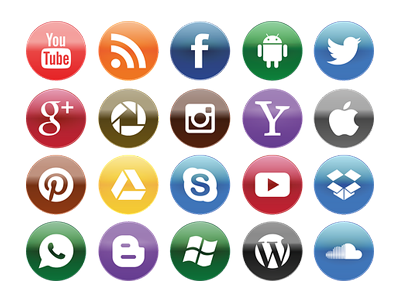
Search & SEO Marketing
Search Marketing is a tactic used to gain online presence and traffic via paid and unpaid strategies on search engines such as Google, Bing, and Yahoo.
The text you typed into that small search box is called your “search query,” which then directs you to a page known as a SERP or Search Engine Results Page. Various studies have found that the higher you are on the SERPS the more likely you are to gain traffic to your website.
But the question is how does Google determine who gets these top placements? This is where search marketing & SEO comes into play.
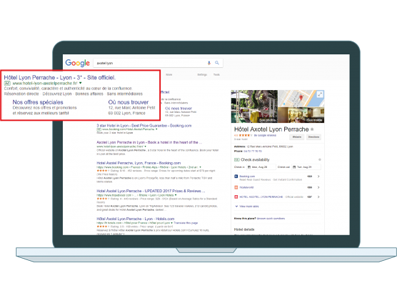
Retargeting Display Marketing
Retargeting, also known as remarketing, is a form of online advertising that can help you keep your brand in front of bounced traffic after they leave your website. For most websites, only 2% of web traffic converts on the first visit. Retargeting is a tool designed to help companies reach the 98% of users who don’t convert right away.
Retargeting is a cookie-based technology that uses simple Javascript code to anonymously ‘follow’ your audience all over the Web – displaying ads to remind previous site visitors of your products or services.
Retargeting is so effective because it focuses your advertising spend on people who are already familiar with your brand and have recently demonstrated interest. That’s why most marketers who use it see a higher ROI than from most other digital channels.

Influencer Marketing
Influencer marketing is a form of marketing in which focus is placed on influential people rather than the target market as a whole on social media. It identifies the individuals who have influence over potential customers, and orients marketing activities around these influencers.
Influencers, unlike celebrities, can be anywhere. They can be anyone. What makes them influential is their large followings on the web and social media. An influencer can be a popular fashion photographer on Instagram, or a well-read cybersecurity blogger who tweets, or a respected marketing executive on LinkedIn. Within any industry, there are influential people—you just have to find them. They are easily recognized by their hundreds of thousands (if not millions) of followers, and that’s the target audience you’re after.

Video Marketing
The definition of video marketing is simple: using video to promote or market your brand, product or service. A strong marketing campaign incorporates video into the mix. Customer testimonials, videos from live events, how-to videos, explainer videos, corporate training videos, viral (entertainment) videos — the list goes on.
It can increase your search engine ranking, click-through rates, open rates and conversions. But you have to reach your target audience. YouTube is the second largest search engine (second to Google). What’s better: YouTube is owned by Google so that means a properly tagged video can work wonders for your SEO.
A recent study found that 57% of online consumers were more likely to buy a product they were considering purchasing after watching a video demonstration of that product.
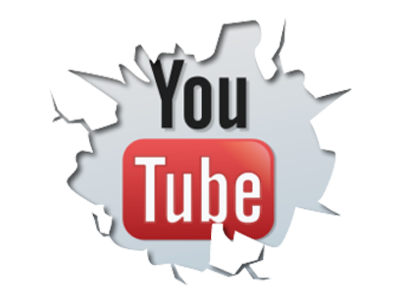
Promotional Products (Swag) Marketing
Promotional merchandise is products branded with a logo or slogan and normally distributed at a reduced or no cost to promote a brand, corporate identity, or event. Such products, which are often informally called swag are used in marketing and sales.
To a certain degree, promotional products allow companies to connect with their customers more closely, develop brand recognition, and serve as a constant reminder.
A study conducted by BPMA found that over half of the study participants’ impressions improved after being sent a promotional product. More importantly, 79% of participants who received a promotional product said that they would likely become repeat customers. Many of the participants were even able to recall exactly when or where they received the product- and 94% of them never forgot the company that gave them the product.
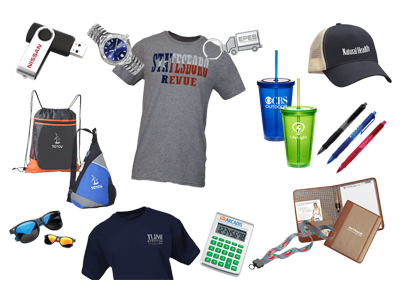
Blog & Content Marketing
Content marketing is a strategic approach focused on creating and distributing valuable, relevant, and consistent content to attract and retain a clearly defined audience — and, ultimately, to drive profitable customer action.
The idea is providing truly relevant and useful content to your prospects and customers to help them solve their issues. One way is creating higher-level content around an industry, an idea, or maybe a hobby. (Ex: you own an outdoor gear shop and write an article titled “How to Start a Healthy Hiking Lifestyle When You’re Over 50”) But also creating detailed content specific to your products or services. (Ex: “Comparing the ABC & XYZ Hiking Poles”)
This comes come in a variety of forms including blogs, web pages, books, infographics, social post, white papers, magazine articles or podcasts. It’s all about YOU creating content – on the world wide web – for people to find, consume and use.
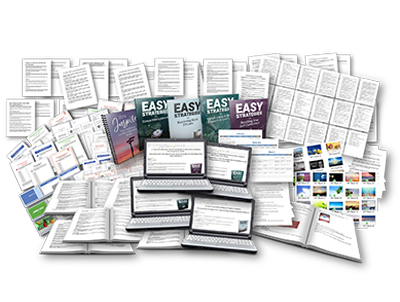
Contests, Raffles, Coupons & Promos
If you’ve created a giveaway or contests for marketing purposes, you’re part of a long tradition of “prize marketing,” which uses the incentive of a prize to reward people who participate in a sweepstakes, giveaway or contest. And over time, strategies of what prizes work best have evolved. A prize is a vital component of a successful sweepstakes, but there’s not a one-size-fits-all approach.
These days, the purpose of running a giveaway is threefold: to create awareness of your brand; to generate engagement among your target audience; and to gather leads that have a high chance of converting. The prize is the catalyst for this. Using a prize in a giveaway, contest or sweepstakes motivates people to participate. This drives many social media marketing efforts, including crowdfunding, in which those who contribute receive something in return besides the product to which they’ve contributed.
